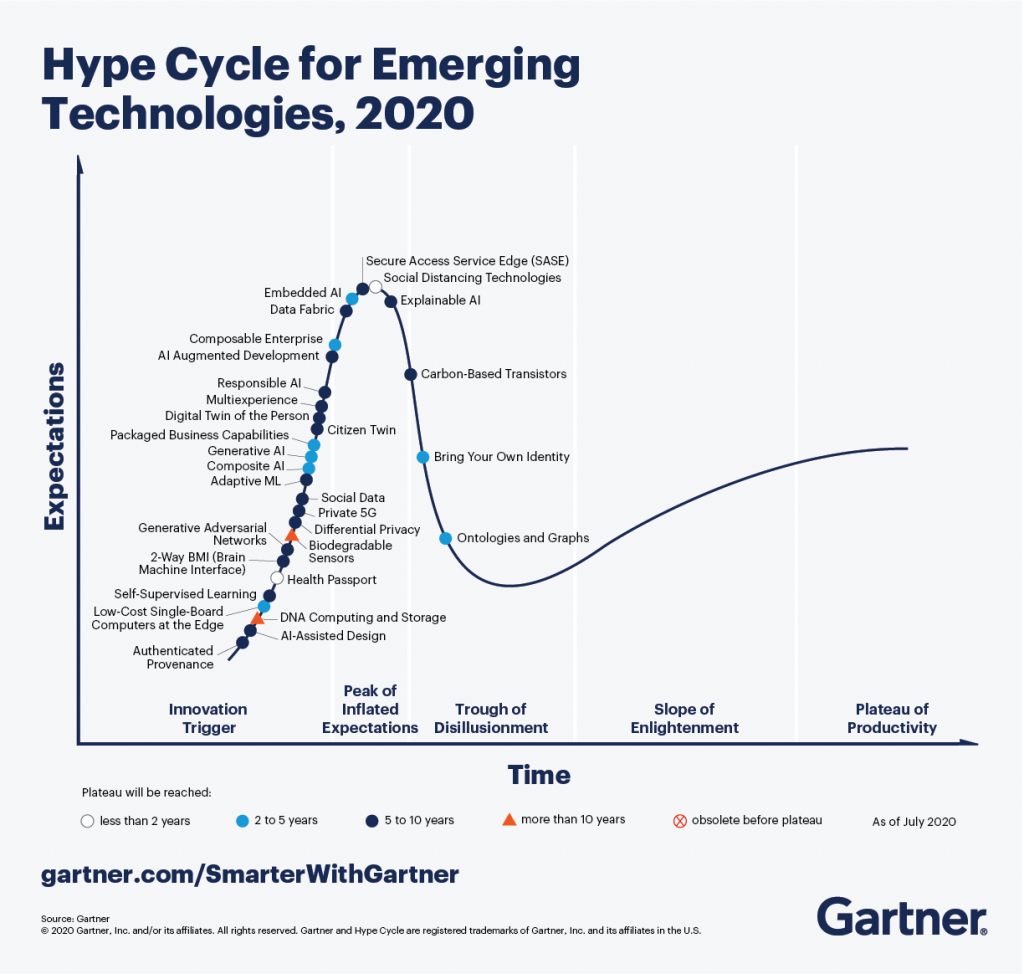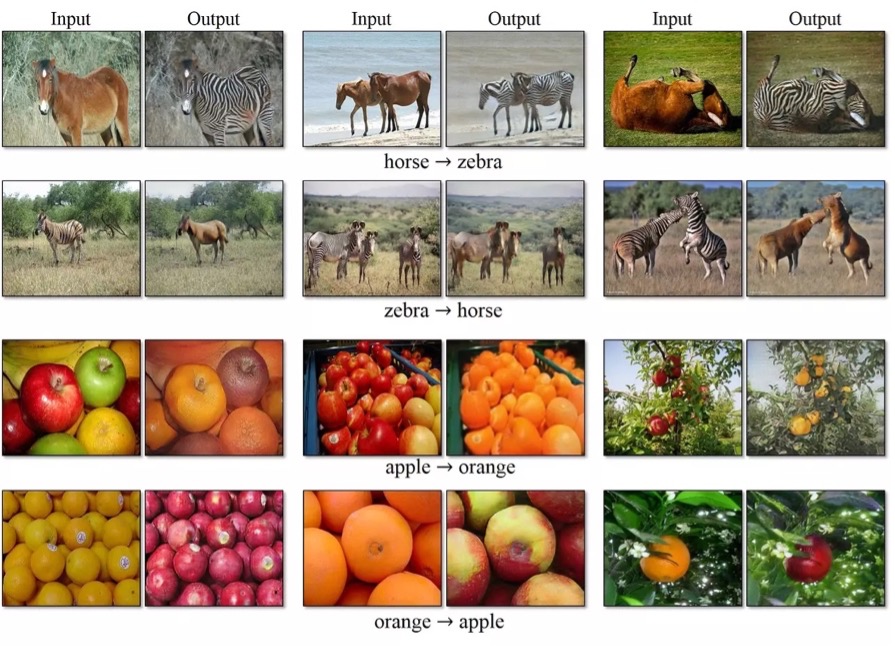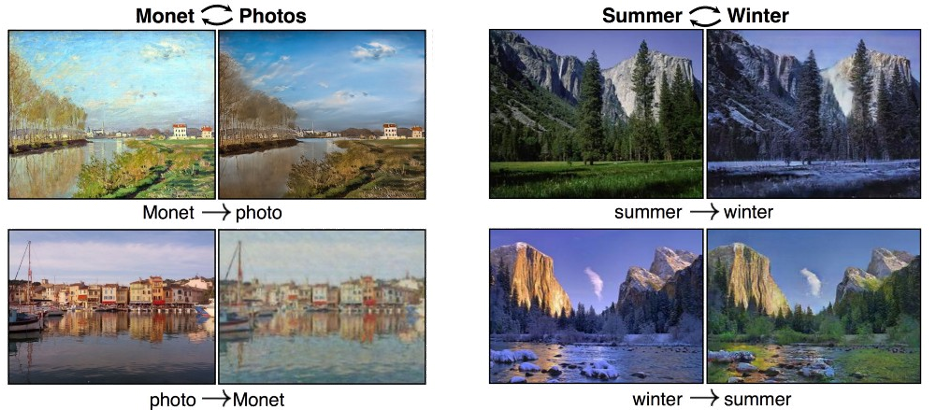You have probably heard a lot about AI, neural networks and machine learning. But have you heard of Generative Adversarial Network (GAN) that is capable of learning and creating impersonations of what it “sees”?
GAN is a semi-supervised machine learning algorithm that contains 2 main components:
- Generator – which generates samples based on input data
- Discriminator – which distinguishes authentic samples from generated ones
Due to the continuous adversarial process (where the name comes from), mutual training and improvement of models occur.
There are already many different use cases for this technology:
- The most application GANs can find in creative areas such as photography, movies, music, art. These networks are used to create new music tracks (you might’ve heard of Jukebox and even listened to some samples on SoundCloud, if not check out the link), convert photos into images copying the style of famous artists, create new cartoon characters, convert text to an image, restore damaged photos and increase images resolution and many other exciting things
So next time you have a new friend request on Facebook, think if it’s a real person or just a network that really liked you.


- The other wide area of application is creation of data sets. If you need a lot of data to test some of your forecasts, for example, but do not have access to it – just synthesize! This also helps to avoid any privacy related issues (remember about GDPR).
- GAN could be used for cybersecurity purposes. In banking industry, it can help in detecting fraud operations. Your GAN “employee” will train to distinguish suspicious activity from a regular one and help to increase deception detection rates. So next time a bank will not block someone’s grandma card by mistake when she accidentally decides to buy a trip to Maldives (and thereby offending an old lady thinking that she can’t go there).
- Drug discovery is quite important and here GAN could also be applied. Who knows how soon 100% protection vaccine or recovery medicine for Covid will be found?
But, of course, each technology comes with its features that people should be afraid of:
- GAN could be used to forge facial recognition systems by generating high resolution fake images. In terms of identity theft, it might sound quite creepy.
- Another danger is password cracking as GAN can be trained on large datasets to recognize patterns and guess your Instagram password (if it’s not hellokitty123, of course).
- Finally, malware could be hidden. GAN could be used to create such malware that will be capable to evade security detection systems and your Norton anti-virus won’t help, so think twice next time you’re accessing untrusted website.
According to Gartner, in 2020 Generative Adversarial Networks were an emerging trend and it was predicted to become adopted widely in 5 to 10 years period. So, soon we might be enjoying all the benefits that this technology could create.

More examples of GAN generated works:


Resources:
https://mostly.ai/synthetic-data-use-cases
https://medium.com/@ODSC/6-unique-gans-use-cases-24cab2aa924d
https://www.cs.tufts.edu/comp/116/archive/fall2018/tklimek.pdf
https://developer.ibm.com/blogs/what-is-generative-ai-and-how-much-power-does-it-have/
https://jonathan-hui.medium.com/gan-some-cool-applications-of-gans-4c9ecca35900


Hey,
That is some interesting tech! I think you did a good job at describing all the different application possibilities. Some sound very good, others sound rather scary. I was wondering to what extend laws and regulations are in place to prevent abuse of such technologies. Because, it seems rather easy to abuse such technologies for doing harm as well. Like I said, you described the tech really well, but what is your personal opinion on these developments?
Kind regards,
Marijn van Winkelen
555004mw